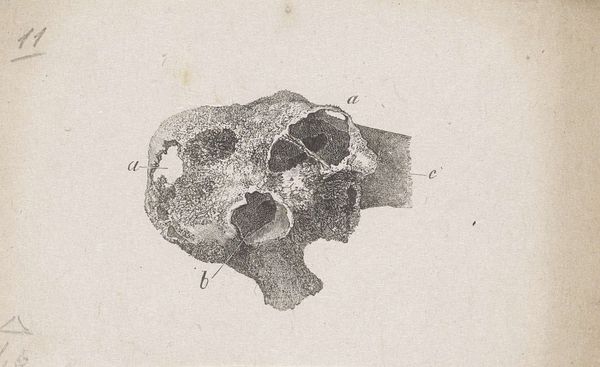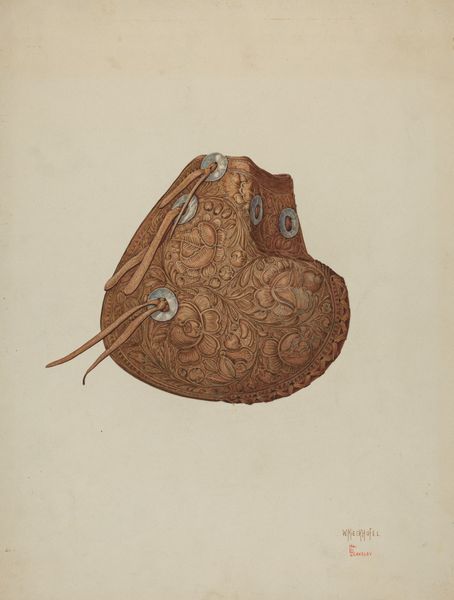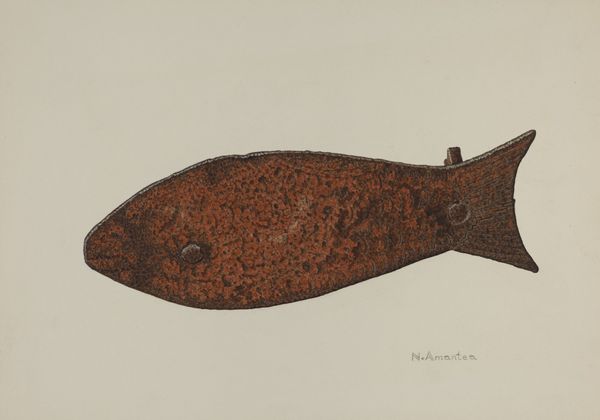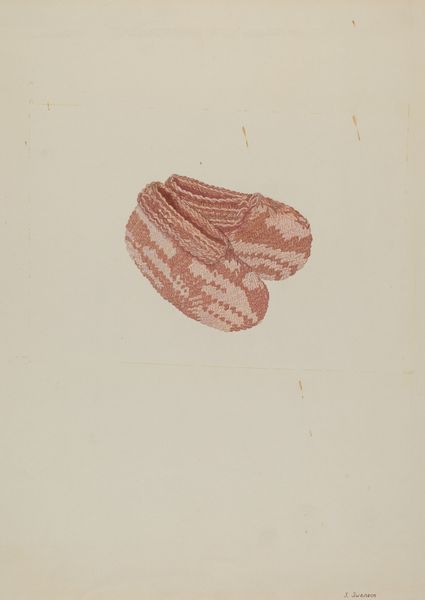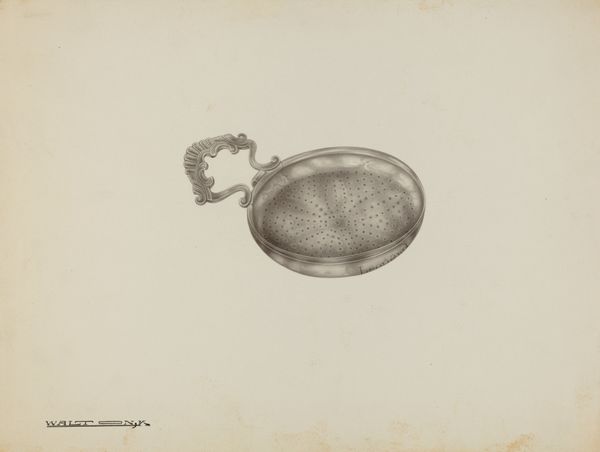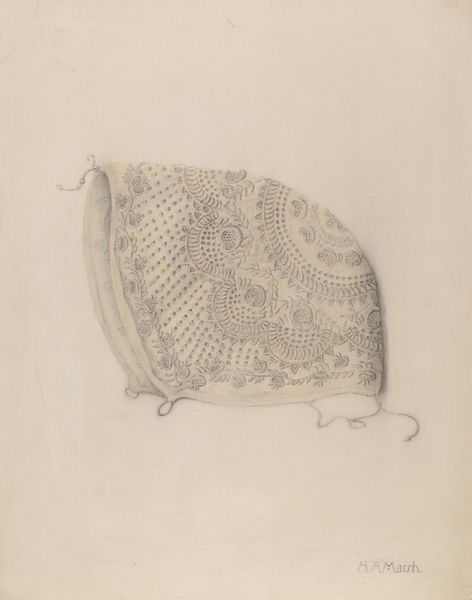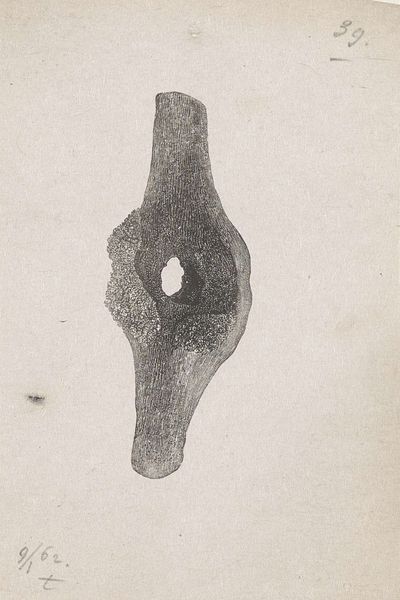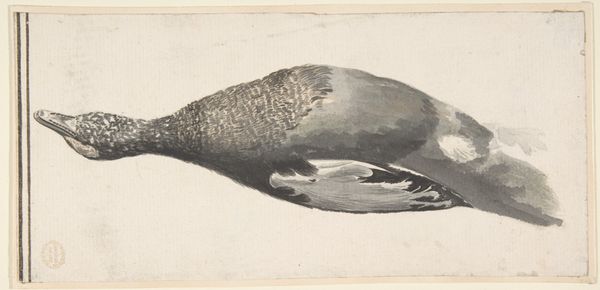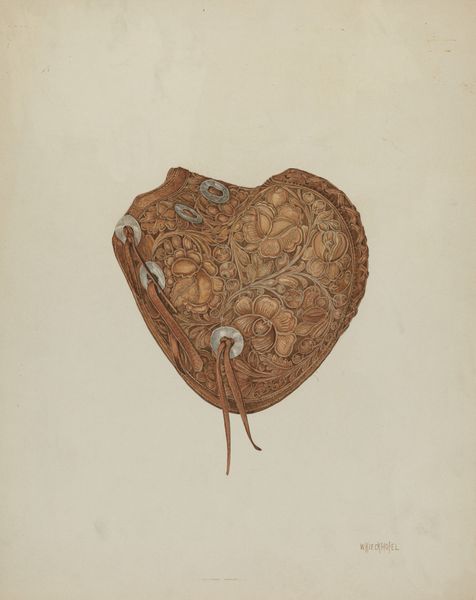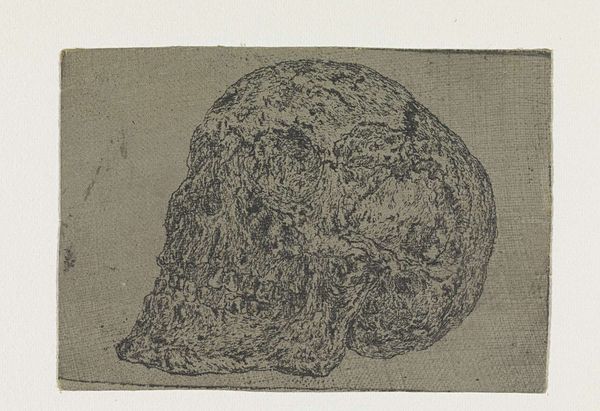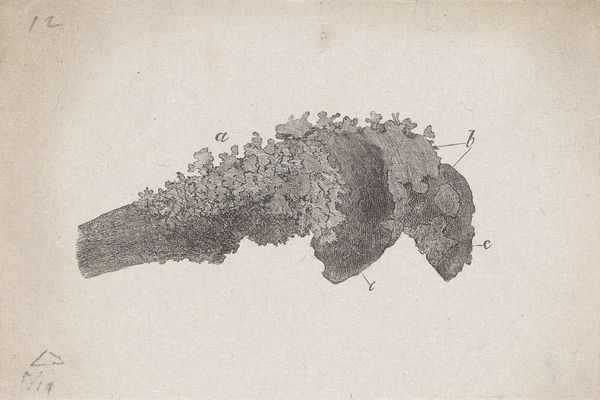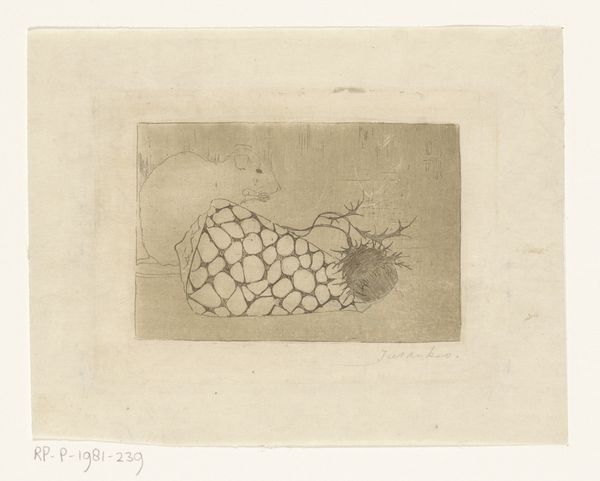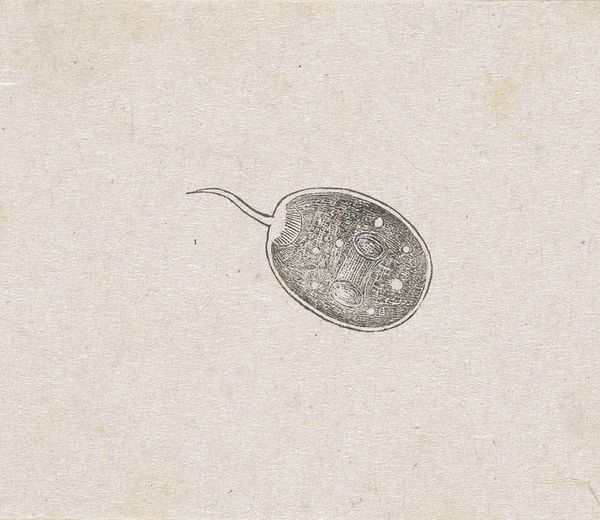
drawing
#
pencil drawn
#
drawing
#
amateur sketch
#
shape in negative space
#
light pencil work
#
pencil sketch
#
incomplete sketchy
#
pencil drawing
#
pencil work
#
tonal art
#
shading experimentation
Dimensions: overall: 29.7 x 21.2 cm (11 11/16 x 8 3/8 in.)
Copyright: National Gallery of Art: CC0 1.0
Curator: Richard Whitaker's pencil drawing, "Baby's Lace Cap," made sometime between 1935 and 1942, presents us with an intimate rendering of, well, exactly that. Editor: There's an almost haunting delicacy to it. The pencil work is so fine, the cap seems to float ethereally on the paper. It evokes a strong sense of memory and fragility. Curator: I see what you mean about delicacy. Look closely, though; the medium itself tells a story. Pencil drawings often function as studies, explorations. Consider the labour inherent in crafting lace – the intense focus, the repetitive hand motions. Then consider someone choosing to represent that labor, that history, through another act of meticulous handwork. Editor: Absolutely. And who was wearing it? We know lacemaking was often a source of income for working-class women. Was this drawing a quiet meditation on the economic realities intertwined with motherhood? Perhaps the artist captured it in memory of his baby's bygone youth and beauty? The lace, representing societal ideals of domesticity? Curator: That's a compelling reading. The lace making itself, how it became part of broader consumer practices--I imagine that lace designs were circulating as part of some print networks at the time. To draw that is another level of involvement...I wonder if Whitaker himself engaged in lacemaking at all? Editor: A very good point. How does Whitaker's drawing engage in broader questions around craft and high art at that time, as well as issues around the role of women in domestic spaces? Maybe that’s too ambitious a reading... But the seemingly simple rendering hints at those complexities, even if unintentionally. Curator: No, it resonates. There's a material transaction here. Whitaker is mediating it; he is asking himself how lace connects to the home, to his art, through pencil on paper. And ultimately the image connects to a child... So much packed into this piece. Editor: Indeed. I find myself wanting to understand not just the what of this artwork but also the who, why, and where that contribute to its quiet potency. Curator: Agreed. Whitaker gives us a glimpse, and then leaves it up to us to pull apart and piece it together to re-lace these histories.
Comments
No comments
Be the first to comment and join the conversation on the ultimate creative platform.
